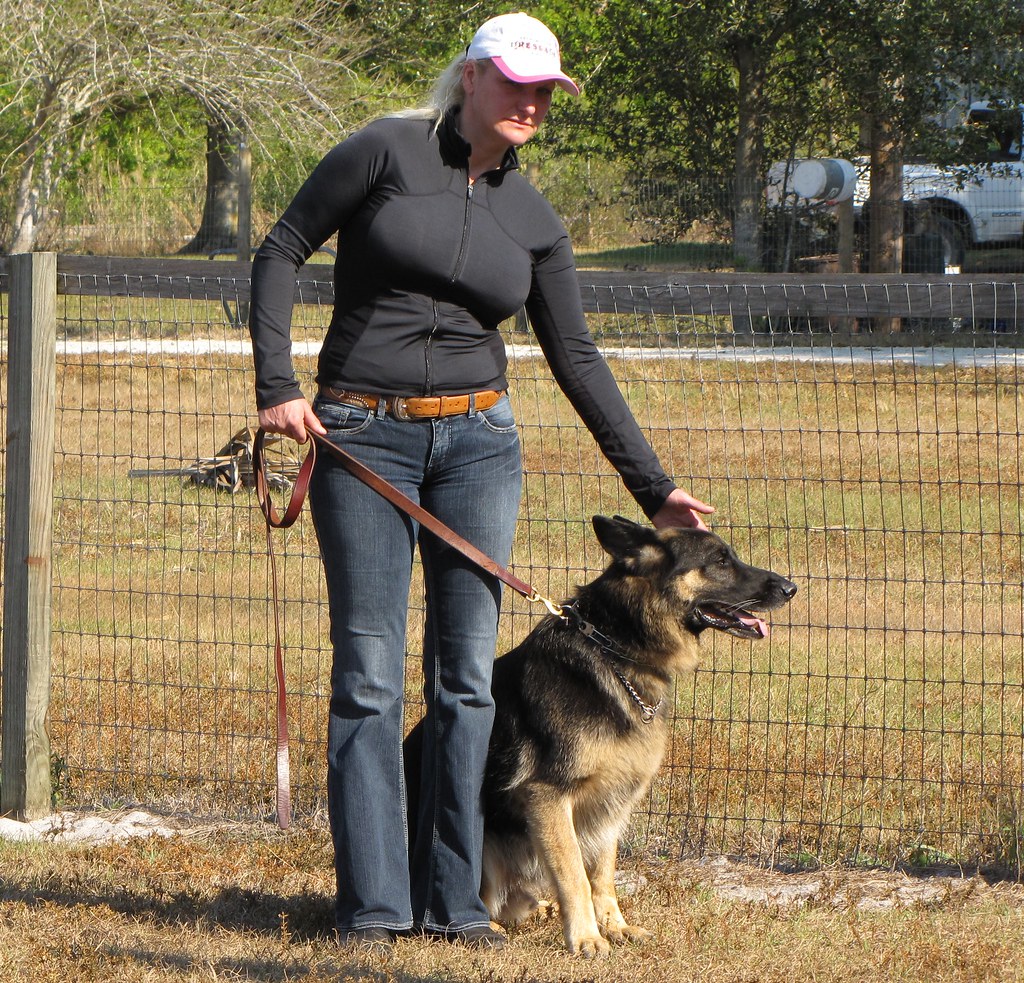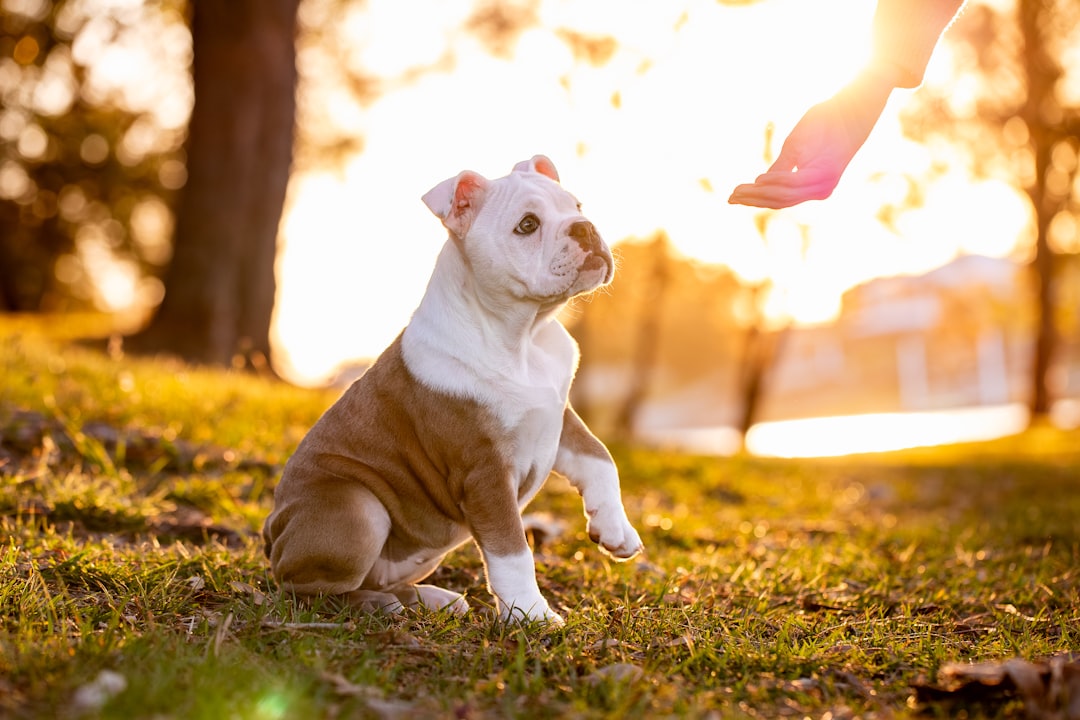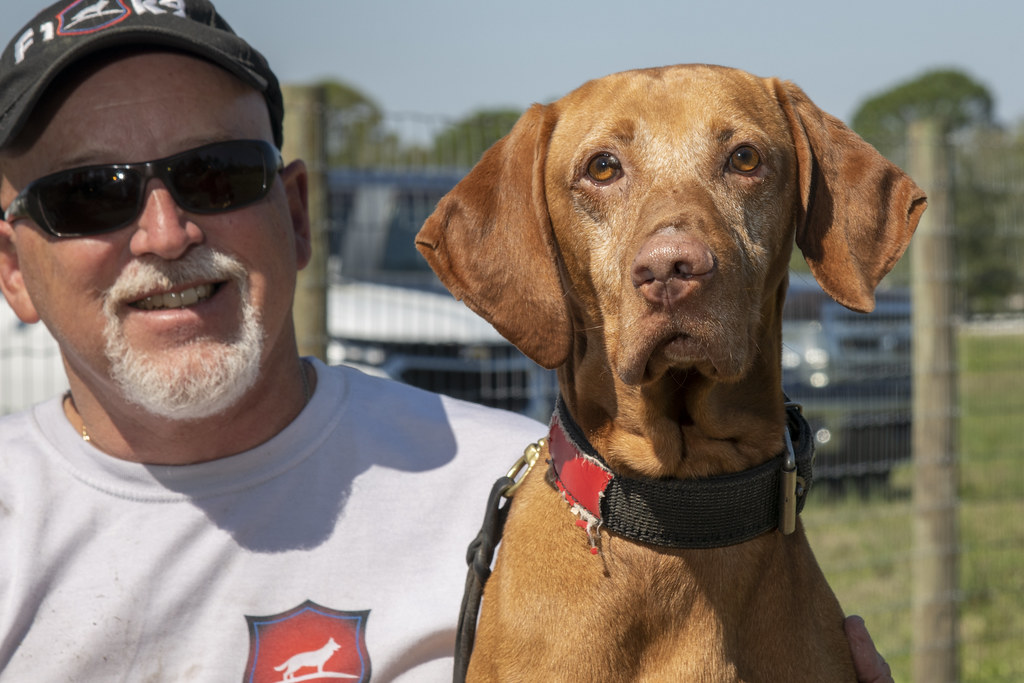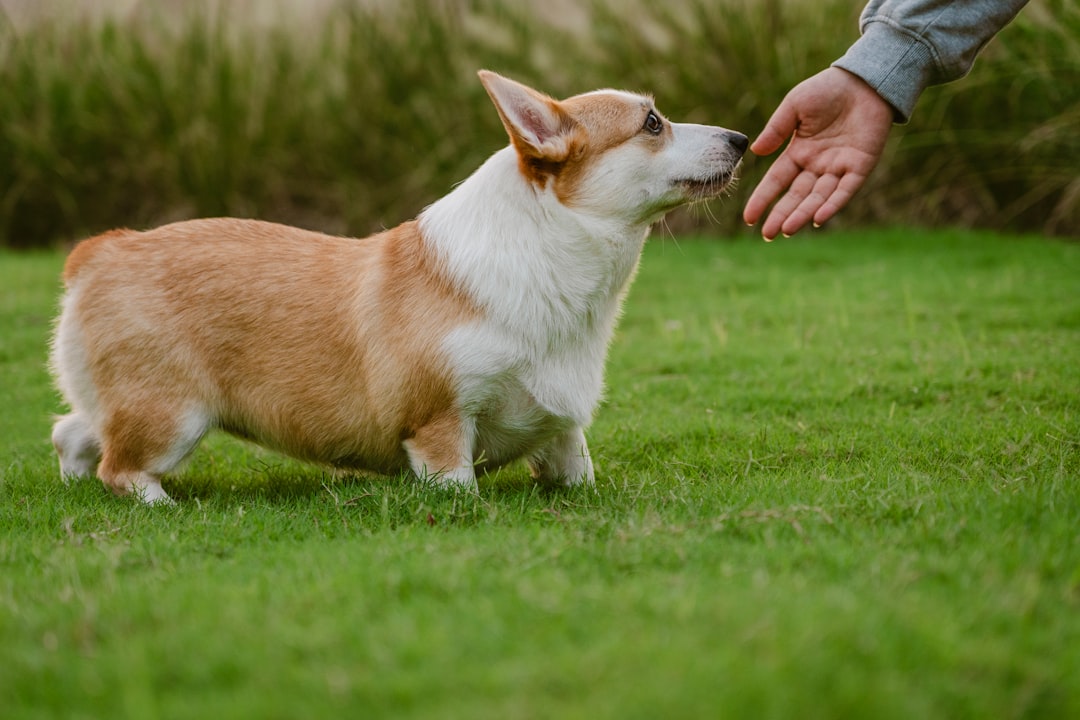Picture this: you’re standing in your living room, watching your dog knock over a plant for the third time this week. Your frustration bubbles up, and you’re torn between shouting or reaching for that treat bag. What if I told you that this exact moment could define your relationship with your furry companion for years to come?
The age-old debate between reward-based training and punishment methods isn’t just about being nice to our dogs. It’s backed by compelling scientific research that reveals something fascinating: our dogs’ brains, stress levels, and overall well-being are profoundly affected by how we choose to teach them. Whether you’re a first-time dog parent or have been sharing your life with canines for decades, understanding why positive reinforcement consistently outshines punishment could transform everything about your training journey.
The Science Behind the Wag: How Dogs Actually Learn

When we dive into the fascinating world of canine cognition, something remarkable emerges from the research. Two separate questionnaire studies by Hiby et al and Blackwell et al found that dogs trained using only positive reinforcement are more obedient than dogs trained with punishment. This isn’t just feel-good science – it’s measurable, repeatable evidence that reward-based methods genuinely work better.
Dogs learn through association, much like we do when we hear our favorite song and instantly feel happy. Classical conditioning of emotions provides one reason why reward-based training procedures should work better and establish a stronger bond between the dog and his trainer, than punishment based systems. Every time you reward your pup, you’re creating positive neural pathways that make learning enjoyable rather than stressful.
Think about it this way: when you learned to ride a bike, did harsh criticism make you pedal better? Your dog’s brain works similarly. Previous research suggests that training using positive reinforcement may improve the learning ability of dogs. They’re not just obeying out of fear; they’re genuinely understanding and wanting to repeat behaviors that bring good things.
The Stress Factor: What Punishment Really Does to Your Dog’s Body

Here’s where things get concerning for punishment-based training. Results showed that dogs from Group Aversive displayed more stress-related behaviors, were more frequently in tense and low behavioral states and panted more during training, and exhibited higher post-training increases in cortisol levels than dogs from Group Reward. Cortisol is your dog’s stress hormone, and elevated levels can wreak havoc on their physical and mental health.
The stress of aversive methods can cause cortisol and stress hormones to rise and remain elevated in your dog’s bloodstream for extended periods. Imagine carrying stress hormones in your system for three full days after a single training session. That’s what punishment-based methods can do to your beloved companion.
Research has shown that dogs subjected to electronic collar training can experience significantly elevated cortisol levels, with stress responses persisting even after training sessions end. Your dog could be living in a constant state of anxiety, wondering when the next correction might come.
Beyond Fear: How Punishment Creates Long-term Behavioral Problems

Many dog owners turn to punishment because they want quick results. Yet research reveals a troubling pattern. Owners who used punishment reported more common behavior problems in their dogs. Dogs trained using punishment might behave worse because they’re more anxious. So while that shock collar might stop jumping in the moment, it could be creating anxiety-driven behaviors down the road.
A study published in Applied Animal Behaviour Science concluded that confrontational methods such as hitting dogs, intimidating them with punitive force, and using restraint techniques like the “alpha roll” do very little to correct dogs’ behavior and in fact increase the likelihood that they will be fearful and aggressive. We’re potentially creating the very problems we’re trying to solve.
The most heartbreaking part? When a dog is punished for issuing a warning as a means of changing the behavior, it creates extreme conflict and stress in the dog. Stress moves the dog closer to the fight/flight response. Having no ability to warn a person or dog that it is feeling threatened, the dog is left with only one defense – biting. We might accidentally teach our dogs to skip warnings and go straight to aggression.
The Trust Bond: Building Relationships That Last

Something magical happens when you consistently use positive reinforcement with your dog. Positive reinforcement enhances the human-animal bond by fostering a common language that pet parents can use to interact with their dog. With it, a dog learns to listen to the pet parent and perform the behavioral cues they were taught. You’re literally creating a shared vocabulary of trust and understanding.
If you choose to use positive techniques when building a relationship with your dog, you’re well on your way to establishing and maintaining a connection that increases trust and results in a stronger, healthier bond between you. Put simply, if your dog feels good about you, she will be happier, confident, and more inclined to respond to you when you ask her to do something.
Compare this to punishment-based relationships, where Punishment-based training damages the human-animal bond and leads to mistrust, pain, fear, agitation, and increasing anger as the dog develops a strong negative association with the punisher. Would you rather have a dog who eagerly looks to you for guidance, or one who nervously watches for signs of your displeasure?
Mental Gymnastics: How Positive Training Exercises Your Dog’s Mind

Dogs are incredibly intelligent creatures who crave mental stimulation just as much as physical exercise. Dogs are intelligent animals that crave mental stimulation just as much as physical exercise. Through positive reinforcement training, you can challenge their problem-solving skills, improve their focus and concentration, and provide them with a sense of purpose. This mental engagement helps prevent boredom and destructive behaviors while promoting overall well-being for your furry friend.
A lesser-known fact about dogs is that boredom is a significant contributor to behavioral issues, with them acting out in ways such as digging or chewing objects other than their toys. Training with positive reinforcement keeps them engaged and their boredom at bay. Every training session becomes a fun puzzle for your dog to solve rather than a stressful ordeal to endure.
This mental stimulation creates a positive feedback loop: engaged dogs are happier dogs, happier dogs are more willing to learn, and dogs who love learning become even more engaged. It’s a beautiful cycle that punishment-based methods simply cannot achieve.
The Confidence Game: Building Bold, Secure Dogs

The use of positive reinforcement training methods builds up a dog’s confidence and trust in their pet parents. Confident dogs are more resilient, adaptable, and stable in new situations. They approach the world with curiosity rather than fear, making them better companions and more successful in training.
Punishment methods do the opposite. Frequent positive punishment can shut down behaviors in general. The dog stops offering behaviors, because it is too risky. Who wants to squash the dog’s personality? When dogs become afraid to try new things, we lose their natural enthusiasm and willingness to engage with us.
Positive reinforcement training methods avoid the use of punishment, reducing your dog’s fear and anxiety during training. This creates a stress-free environment where they can thrive and learn. Every successful training moment builds your dog’s belief in their own abilities and in your partnership together.
Real-World Results: What Owners Actually Experience

The research consistently shows that positive reinforcement delivers better real-world outcomes. The training methods fell into this order: 1) Reward-based only 2) Combination reward/punishment 3) Punishment only 4) Miscellaneous training methods. In fact, owners who rewarded their dogs the most had the highest overall reported obedience. In other words, the more owners rewarded their dogs, the better their dogs behaved. Dogs trained using only reward-based training were more obedient than dogs trained using punishment (alone or in combination).
Even when punishment seems to work in the moment, it often creates problems elsewhere. Owners who used reward-based training reported the fewest over-excitement problems. Owners who used punishment, either alone or in combination, reported the most separation-based problems. You might stop the jumping, but suddenly your dog develops separation anxiety.
In conclusion, these studies show that the use of positive reinforcement only is the best way to train a dog. Unfortunately, research suggests that a relatively small percentage of dog owners rely exclusively on positive reinforcement methods. The science is clear, yet many dog owners are still missing out on these benefits.
The Pessimistic Pup: How Punishment Changes Your Dog’s Worldview

Perhaps one of the most heartbreaking discoveries in recent canine research involves something called cognitive bias. Dogs from Group Aversive were more ‘pessimistic’ in the cognitive bias task than dogs from Group Reward. Dogs trained with punishment methods literally see the world more negatively, expecting bad things to happen even in neutral situations.
Dogs trained with aversive methods showed “pessimistic” responses when presented with ambiguous situations, suggesting they expected negative outcomes more often than reward-trained dogs. This pessimistic bias indicates that harsh training methods may affect how dogs perceive their environment long-term. Your training method doesn’t just affect behavior – it shapes your dog’s entire outlook on life.
Positive reinforcement dogs, by contrast, approach uncertain situations with optimism and curiosity. They’ve learned that new experiences often bring good things, so they’re more resilient and adaptable throughout their lives. Which kind of companion would you prefer to share your adventures with?
Making the Switch: Practical Steps Toward Positive Training

If you’ve been using punishment-based methods, don’t despair. Dogs are remarkably forgiving, and you can start building a positive relationship immediately. Instead of punishing your dog for bad behavior, teach them behaviors you want them to do by using rewards like training treats, favorite dog toys, and praise. Focus on catching your dog doing things right rather than waiting for mistakes.
Positive reinforcement means you avoid disciplining your dog when bad behaviors occur, and instead reward positive behaviors when they happen. This tells your dog they did well and increases the likelihood they will repeat the action. It’s a complete mindset shift from fixing problems to building success.
With positive reinforcement, everyone living in your household needs to be part of the process, handling the training the same way and offering the same positive reinforcements. Over time, this will be rewarded by your dog consistently exhibiting positive behaviors with everyone in the home, and they’ll learn patience since they trust and understand a reward is coming as long as they continue the good behavior. Consistency is key to success.
The evidence is overwhelming: positive reinforcement isn’t just the kinder way to train your dog – it’s the more effective way. When we choose rewards over punishment, we’re not just teaching behaviors; we’re building confident, optimistic companions who trust us completely. We’re creating dogs who love learning, who approach challenges with enthusiasm, and who see us as their greatest allies rather than sources of fear.
Your dog is looking at you right now with complete faith in your leadership. Those working with or handling dogs should rely on positive reinforcement methods and avoid using positive punishment and negative reinforcement as much as possible. The science has spoken, and the message is clear: praise works better than punishment, every single time. What will you choose for your best friend? What do you think – are you ready to become your dog’s favorite teacher instead of their biggest worry?

Gargi from India has a Masters in History, and a Bachelor of Education. An animal lover, she is keen on crafting stories and creating content while pursuing a career in education.






